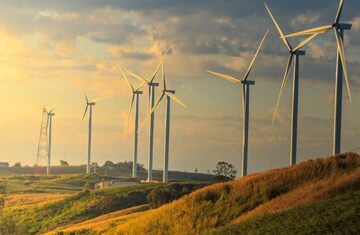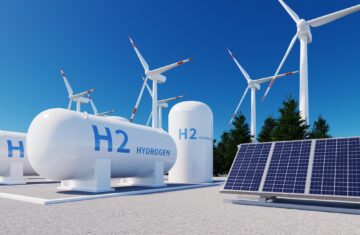In Kentucky, bourbon demand is projected to double in the next five years, while the state’s cattle population has reached its lowest point since 1951. These two facts could lead to an innovative solution: transforming bourbon distilleries into a new source of biofuels.
The Byproduct of Bourbon Distilling
At the end of the bourbon distilling process, producers are left with a substance known as stillage. This material consists of the grains used to feed the yeast during fermentation, along with dead yeast cells and other byproducts. Stillage is high in protein and is typically used as animal feed. In Kentucky alone, 127.2 million gallons of bourbon were produced during the last comprehensive count in 2020, resulting in approximately 1.27 billion gallons of stillage.
While using stillage as animal feed helps reduce waste, its transportation can contribute significantly to carbon emissions. Some distillers treat the stillage to remove solids, refining it into a syrup that enhances existing feedstocks. However, this syrup production is energy-intensive, and many small-volume distillers—comprising 60% of Kentucky’s distilleries—lack the resources to undertake this process.
The Shrinking Cattle Herd
According to a report from the US Department of Agriculture, beef herds in the United States are at their lowest since 1951, making the use of stillage as livestock feed increasingly impractical for distillers.
Research into Renewable Energy
In search of a better solution for utilizing this waste product, researchers at the James B. Beam Institute for Kentucky Spirits (JBBI) are exploring the conversion of stillage into methane, a natural gas. The bourbon stillage, or “mash bill,” contains a mix of grains including corn, barley, rye, and wheat. The researchers conducted experiments to determine how different grain combinations affect methane production when fed to anaerobic bacteria.
Their findings indicate that mash bills with higher rye content produce lower methane yields, while those with higher corn content yield the most methane.
Methane as a Cleaner Fuel Source
Methane, when released into the atmosphere, is a significant contributor to global warming. However, when burned, it is cleaner than coal and has a lower atmospheric retention time compared to carbon dioxide. Thus, converting stillage into methane could provide a sustainable energy source for powering distillery operations, fueling trucks, heating homes, or generating electricity.

“This study shows that not only can distilleries help alleviate the environmental burden of excess stillage, but they can also create a circular system where waste turns into fuel,” says team leader Tyler Barzee, assistant professor of Biosystems and Agricultural Engineering at JBBI. “This is a local solution that could position Kentucky as a leader in both bourbon and renewable energy.”
Conclusion
As bourbon demand continues to rise and cattle populations decline, Kentucky distilleries may find a viable path forward by converting waste into renewable energy. This innovative approach not only addresses environmental concerns but also positions the state at the forefront of the renewable energy movement.
Sources
- [James B. Beam Institute for Kentucky Spirits]
- [US Department of Agriculture]
- [Kentucky Distillers’ Association]



